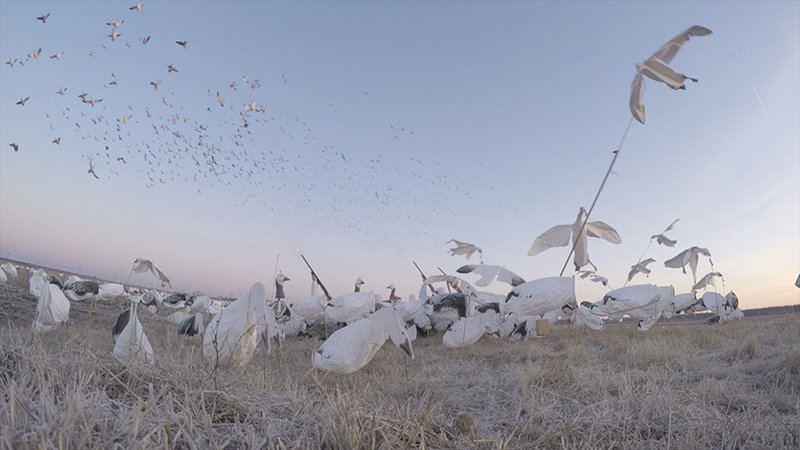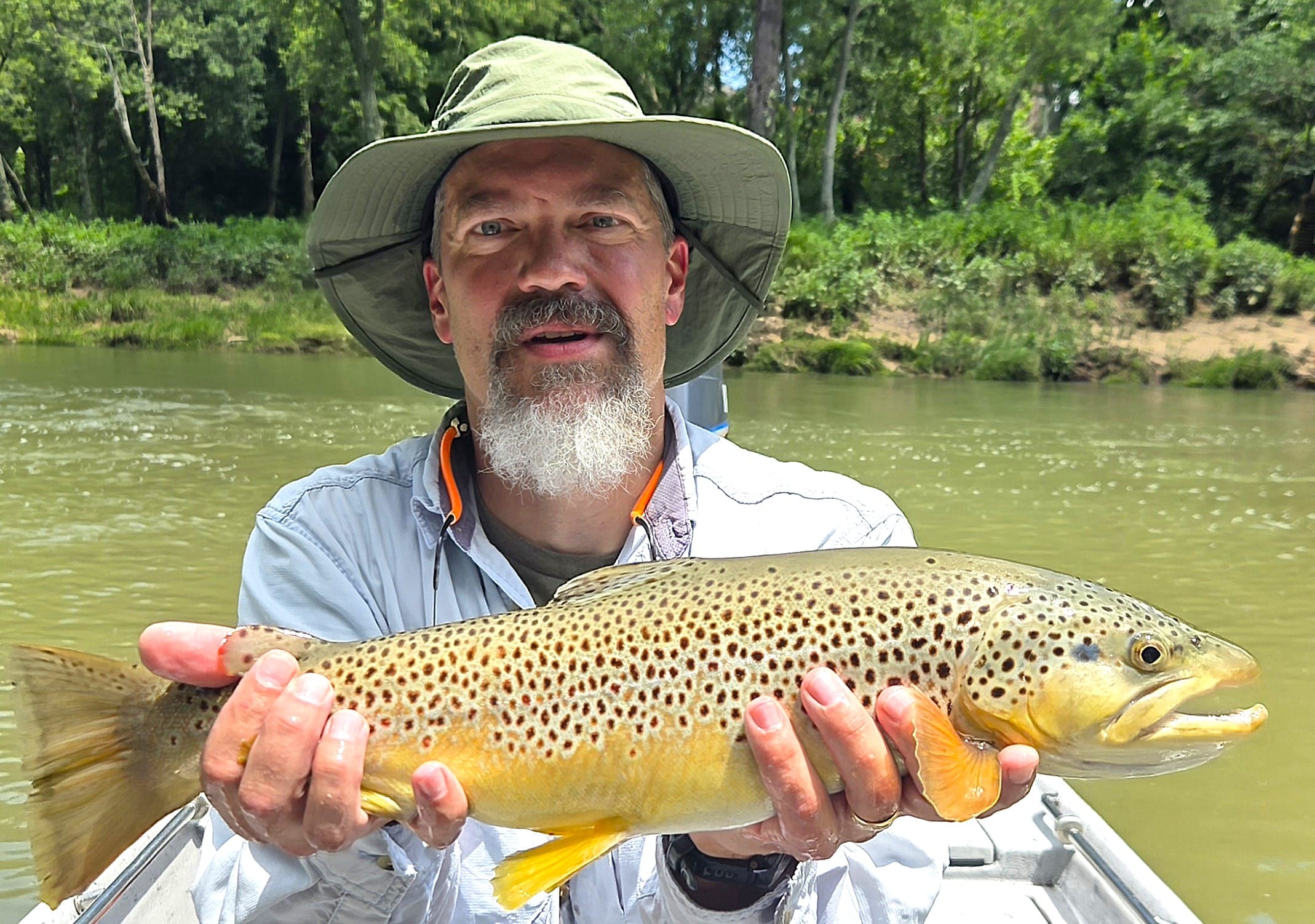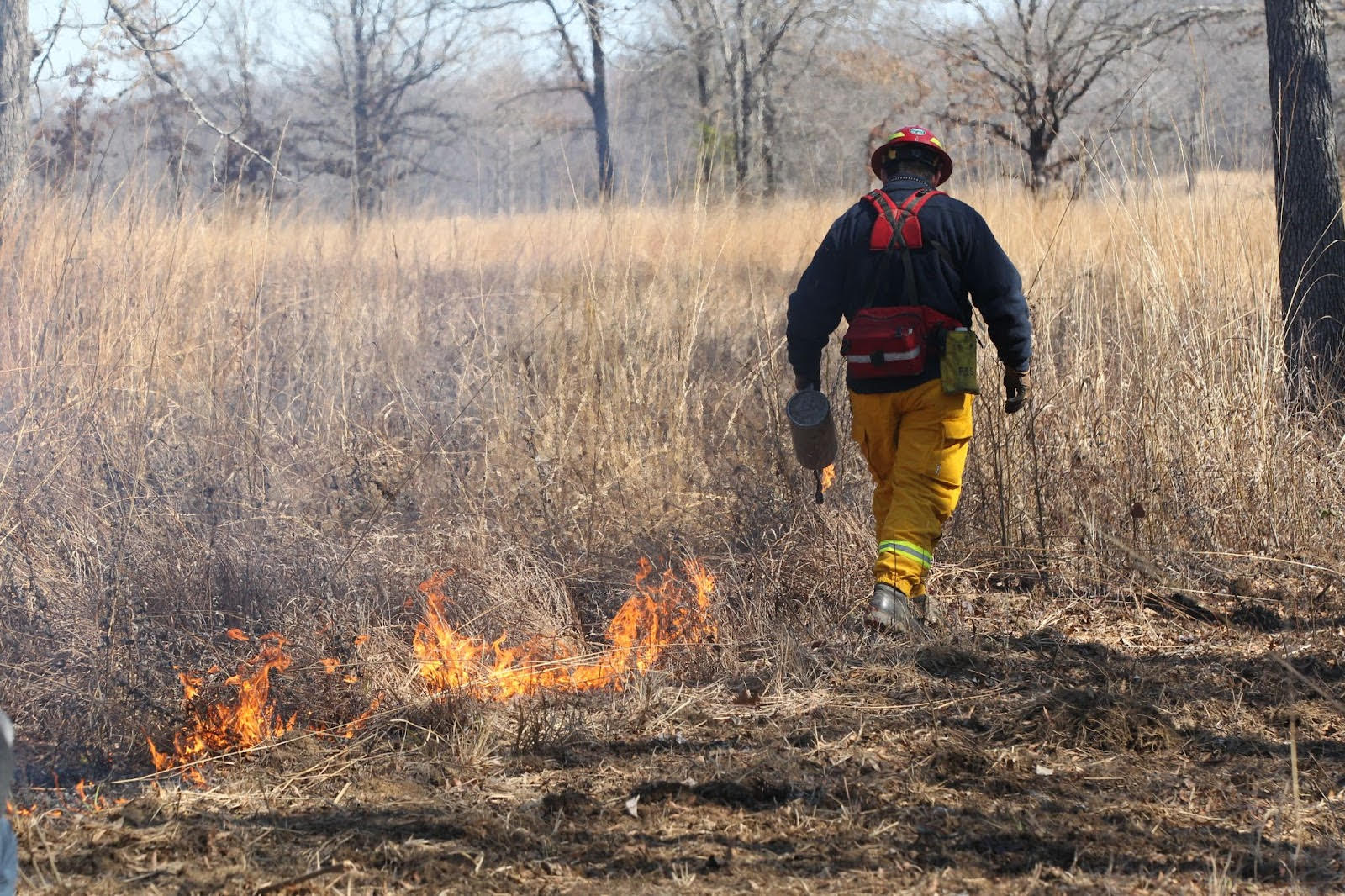Snow goose conservation order offers last chance for die-hard waterfowl hunters
ON 01-30-2019

Jan. 30, 2019
Randy Zellers
Assistant Chief of Communications
LITTLE ROCK – After a brief halt Saturday, Feb. 2, for the waterfowl youth hunt, the 2019 Light Goose Conservation Order will again be in operation in Arkansas. After a fairly tough year in the duck woods, many hunters may want to extend their season with this additional opportunity at geese and help conservation managers balance population levels.
The light goose conservation order isn’t a typical waterfowl season; it is a response to growing goose populations in which hunters can play a vital role.
“Snow geese have become so abundant on the landscape that wildlife managers have seen evidence of damage to their habitat, particularly their staging and breeding grounds in the sub-arctic tundra on the west side of Hudson Bay,” said Luke Naylor, waterfowl program coordinator. “The conservation order was established in 1999 to increase harvest and decrease survival of these birds to combat this damage.”
With the intent of the hunt being for hunters to harvest many geese per outing, quite a few regulations that normally apply to waterfowl hunting are relaxed. The most notable changes are zero bag limits, the ability for hunters to use shotguns that can hold more than three shells at a time and the ability to use electronic callers to help convince birds to come close enough for a shot.
“You also can hunt from 30 minutes before sunrise until 30 minutes after sunset, which adds 30 minutes at the end of the day and can occasionally add a few birds to your day’s hunt,” Naylor said.
Hunters do not need waterfowl stamps or Harvest Information Program registration to participate in the conservation order; all that’s required is a valid hunting license from any state and a special conservation order registration, which is free. The registration is available at www.agfc.com or by phone at 800-364-GAME and appears on your license as Code SGR.
Steel shot or non-toxic shot still is required for snow goose hunting, as it is a conservation measure to protect birds such as eagles, hawks and vultures from ingesting lead shot and contracting lead poisoning.
Despite the relaxed regulations, many hunters still pass on this excellent opportunity to keep scratching that hunting itch until the birds have left the state. One issue is the thoroughly undeserved reputation of snow geese being unfit to eat. While it may not shine alongside white-fronted geese, Naylor says he’s had no problem with people enjoying meals at his home served up with snow goose as the main course.
“I have served snow goose right alongside mallard quite a few ways, and no one can tell the difference,” Naylor said. “Specklebelly seems to have more consistent flavor, as I’ve never had one that tasted bad, but I have no problem cooking snow geese.”
Aside from the poor table fare fallacy, snow geese require a bit more of an investment than the traditional duck hunter may be willing to bear. When procuring and setting out decoys, snow goose hunters don’t think in the dozens, they think in the hundreds.
“You have a lot of birds ganging up on areas, so it takes a lot of decoys to attract them,” Naylor said. “That can mean a lot of money in purchases and a lot of time setting them out, but you can get with a few friends and shrink that effort and expense pretty quickly.”
Instead of a spread full of expensive full-body decoys, most hunters opt for wind-sock decoys that are less costly, easier to set out and add a little movement to the spread when the wind is blowing. A few full-bodies or shells can be placed nearest the area where you want the birds to land, but wind-socks, and even cut-out silhouettes of geese can be used to add the numbers you need to get the birds’ attentions.
Another investment for Arkansas hunters is the time it takes to find out who owns the fields the geese are using. In most cases, you’re chasing birds on private land and getting permission to hunt them is something best handled before the season begins. This means making contacts with many landowners with the hope that the birds will use their fields some time during the year.
“In Missouri and some other states, snow geese have a few well-defined areas where they will roost, so finding locations to hunt can be a little less tricky,” Naylor said. “But in Arkansas, they are pretty nomadic and will bounce around from field to field as they find the food. Being successful means being prepared and staying on top of them. But when you get it right, it can be a lot of fun watching dozens and even hundreds of birds circle and try to come in during your hunt.”
The Light Goose Conservation Order runs from Jan. 28 through April 25, with only a one-day break for the second Youth Waterfowl Hunt on Feb. 2. Although most geese have left Arkansas by April, many typically are present in the state throughout February.
Recent News

Arkansas Wildlife Weekly Fishing Report
Jul. 3, 2025
Subscribe to Our Weekly Newsletter E-mails
Don’t miss another issue. Sign up now to receive the AGFC Wildlife Weekly Newsletter in your mailbox every Wednesday afternoon (Waterfowl Reports are published weekly during waterfowl season and periodically outside the season). Fishing Reports arrive on Thursdays. Fill in the following fields and hit submit. Thanks, and welcome!

